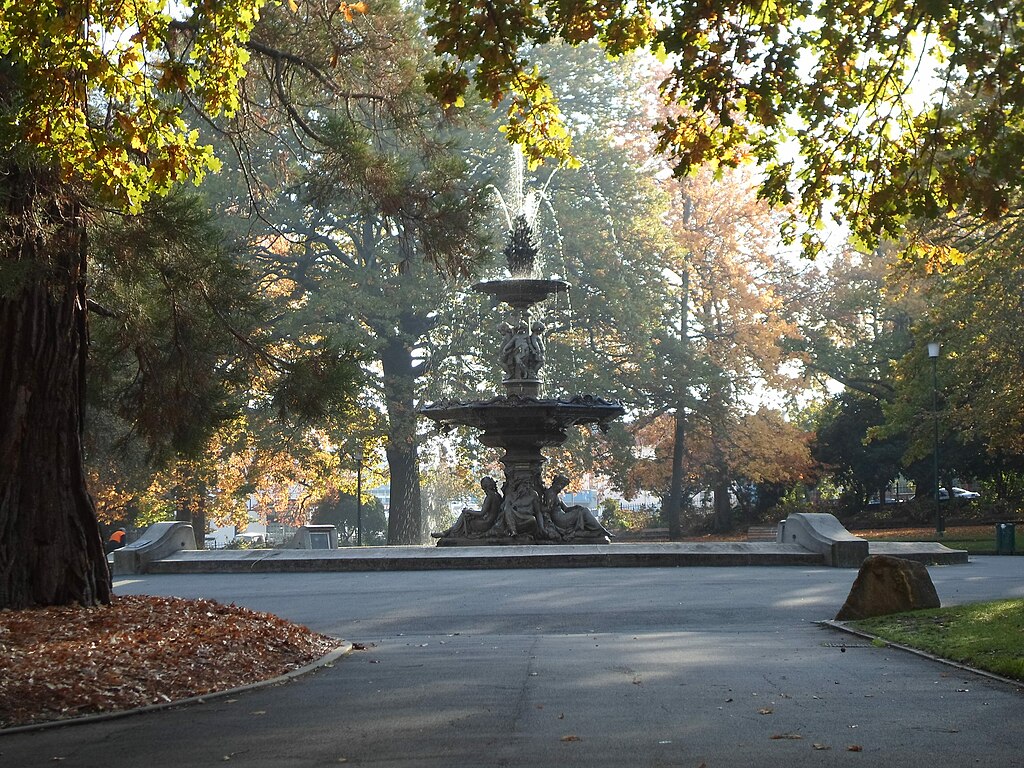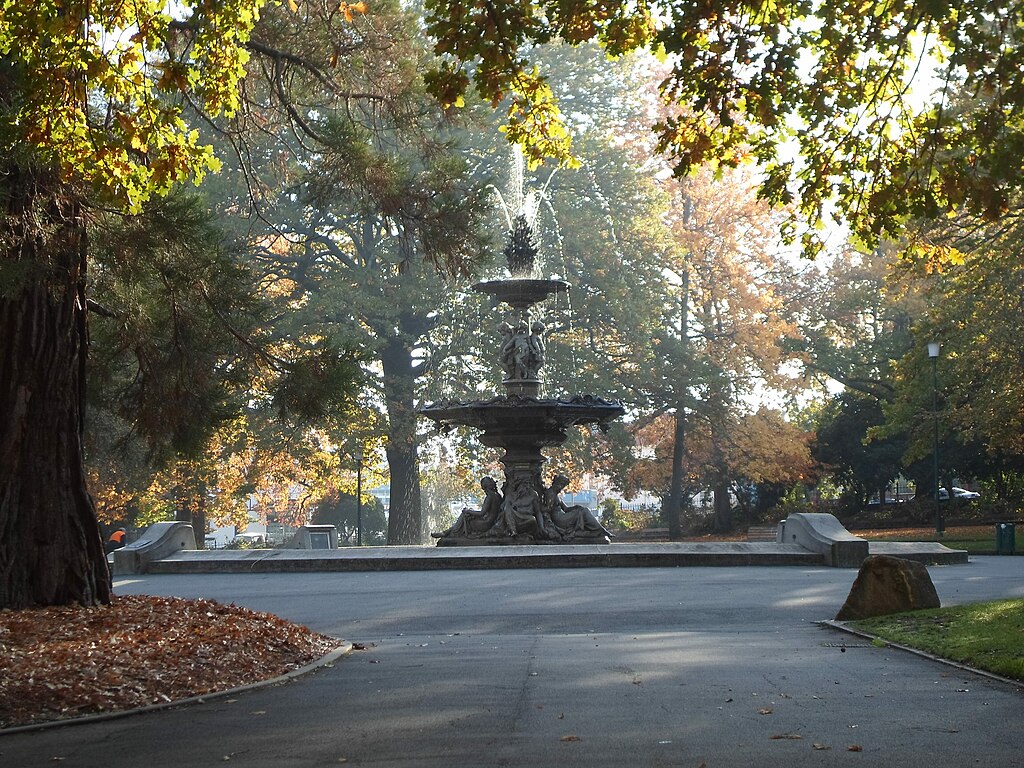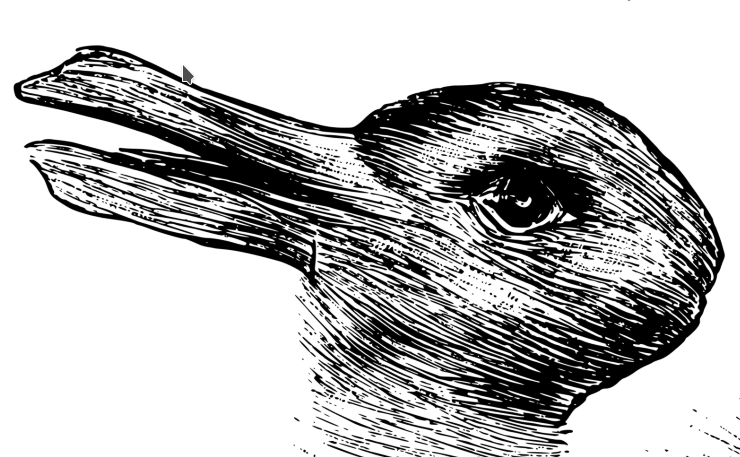
Reaction to Simon Baier’s 'A carrier bag theory of sculpture'
So I was flicking through number 134 of Texte zur Kunst, an issue devoted to sculpture, and started with the article by Simon Baier 'A carrier bag theory of sculpture.'
I was in a library moments before a meeting, so did not think much about it as I read what little I read of the article, so this is not a reaction to the article, but someone who was quoted in the article. And I wasn't paying attention or reflection because the meeting started…
I like to live dangerously because life is short said no one in particular.
And the article opened with a quote or description of a thesis from 1979 by [someone] Kraus that sculpture is over because it everything is so portable these days (being the 1970s) that sculpture has lost its meaning.
Things just move around. [In my minds eye I saw this Kraus wave hands about.] 'The centre cannot hold!'
Not sure if Kraus ever visited Tasmania, but we have a big bronze Val d'Osne Fountain in a Prince’s Square, that was supposed to go to Launceston in England and ended up by mailing error going to Launceston in Tasmania. That's the story, it's sacred to my memory of growing up as a mainlander in the town, and no, I do not want to fact check it for this reaction article.

Now I didn't get the chance to read all of the article, nor even remember her first name, but given the title of the article 'A carrier bag theory of sculpture' if the article did not go on to reject this thesis very strongly, or at least prevaricate it with counter-examples, I would be even more surprised. I will go back and read it sometime. Unless I get posted to the wrong Launceston.
My reaction to Kraus' thesis that sculpture was _fiinished_ was that, yes, that was the last time (1979) one could proclaim anything so suredly about art, let alone the end of something in particular.
I found that this [“end-of-sculpture” | because mass transportation] was particularly irksome because one may argue (and perhaps Simon Baier does) that sculpture is near to the first artform, the first practice that makes something special. And surely lifting up an object and moving it creates sculpture “in the first place” as a potential art practice or ritual installation, and as such sculpture is the simpest artform after those of bodily movement directly (song, dance, & the caress).
My frame for this is big history.
This takes a taphonomical and decoding look at the evidence of the past, including what we may know about evolution, but is suspicious of specious genealogies and structures without a history, or at the very least, a sense of historical examination in it’s methodology (as opposed to plonking a structure/analysis/favourite-hammer onto the past).
If one can lift something up, then it is by definition portable.
Kraus’ thesis is plain wrong.
I.E. it is portability that allowed sculpture to come into human worlding in the first place (within the framework of big history and not some young European experience weighted down as it is by the recent experience of monumental ruins and their imperial aftertastes loaded as romantic sensibilities and re-fascisms).
Perhaps the view here from Tasmania which was populated and maintained its populations through ice ages when most of Europe was vacated allows this grander perspective, but Europe and its useless island of leaving, get overdoneover by it's parochial search for the next capital, the next courtly appearance, all requiring the stolidity of some big head on a horse on a granite plinth. Monumental sculpture comes very late to the piece, dolls and transitional objects come much earlier. Possibly hundreds of thousands of year prior to the first monuments, and even then they would be interventions in a landscape. Landscapes are created by movement. The body moves after all, and art practices started thereon, therein, thereof.
The first public art is the one we carry out from home and hearth: a bear, a lion, a blanket. This is where we world for the first time, emotional support is often required.
No doubt a parent’s dilly bag is where it will end up by late afternoon, but no, not even a carrier bag is required to disprove ‘portability’ as the murderer of sculpture.
Portability and the end of sculpture... I mean, really, what a completely parochial thing to say...
